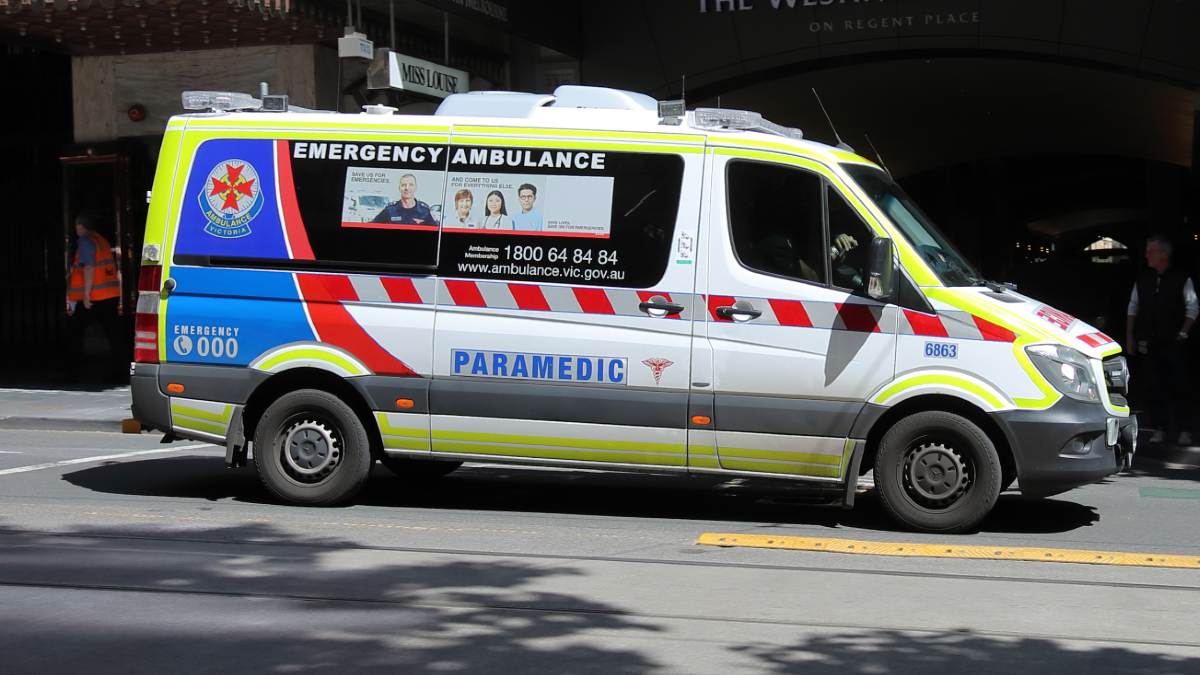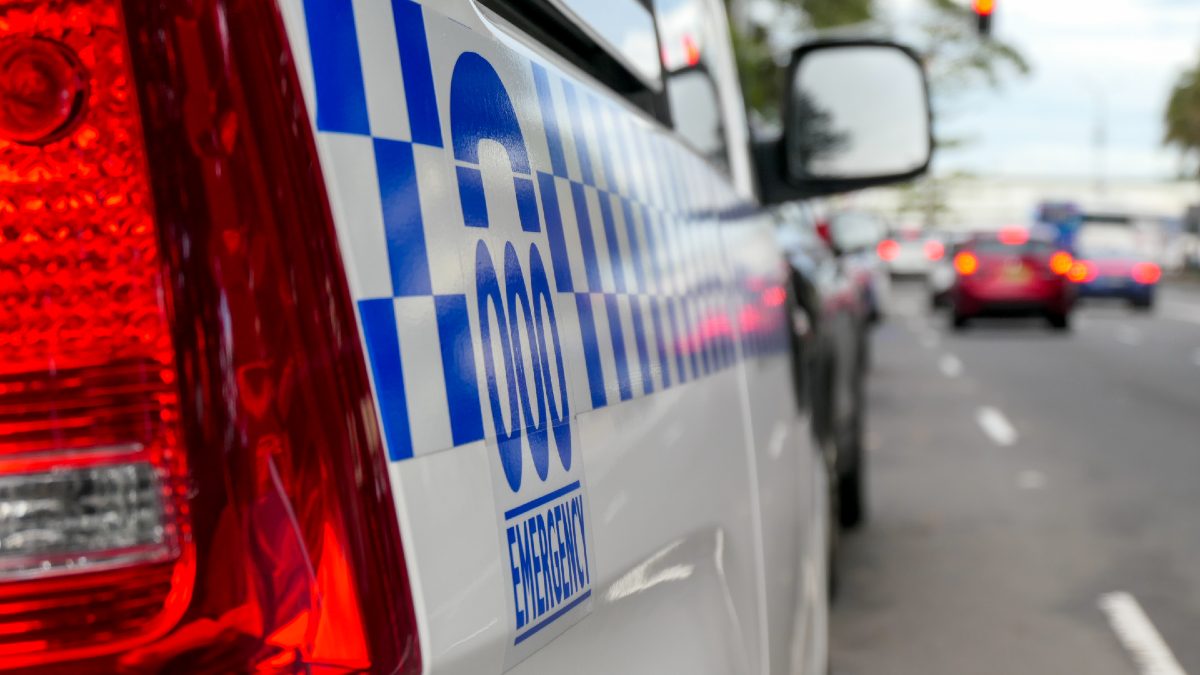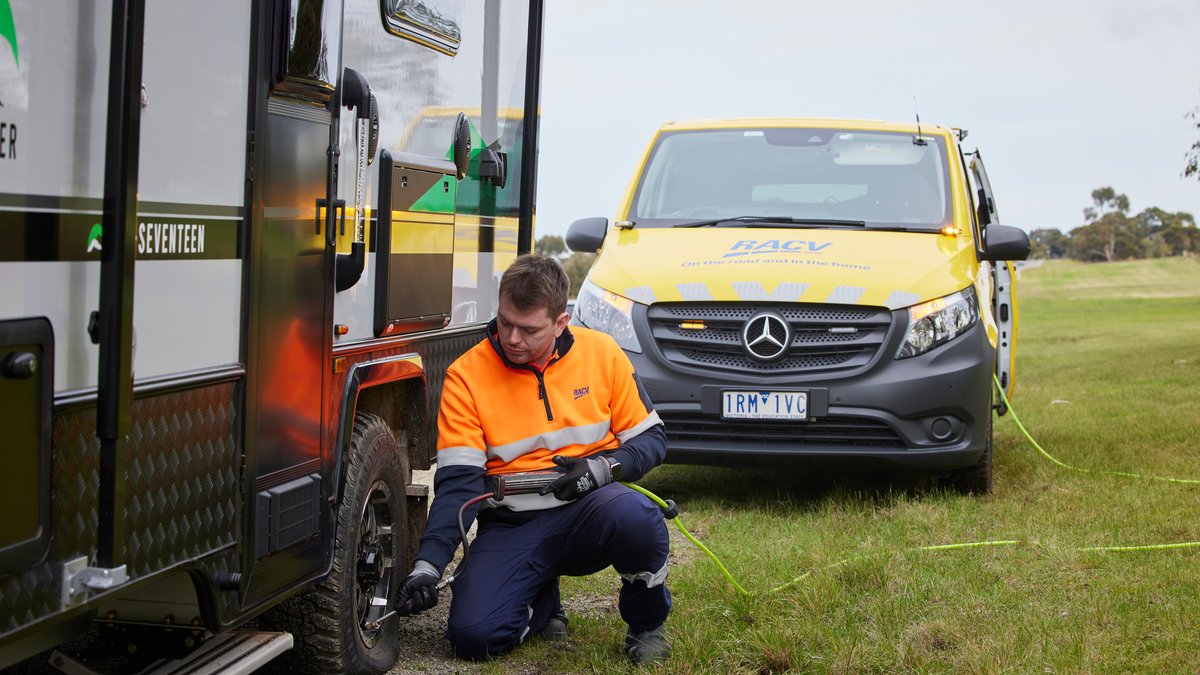Knowing what road line markings mean is vital for safe driving. Whether single, double or dashed, here's the meanings behind Victoria's line markings.
Emergency vehicle road rules in Victoria: the laws every driver, cyclist and pedestrian must know

Knowing how to respond if you see an ambulance with flashing lights, hear a police car siren, or notice a fire truck approaching from behind is vital for ensuring the safety of all Victorians.
The peal of sirens and the flash of lights should indicate one thing to motorists, cyclists and pedestrians: an emergency vehicle is responding to an incident.
It's vital that all road users, not just drivers, know how to response to an emergency vehicle on the road. Doing so helps first responders reach their destinations as quickly and as safely as possible.
"How you respond when you see an emergency vehicle can make a vital difference in how quickly help reaches those in need, and it’s key to ensuring the safety of emergency responders, other road users, and yourself," says RACV Senior Driving Instructor Silvia Morris.
The rules around sharing the road with emergency vehicles in Victoria
What is an emergency vehicle?
In Victoria, emergency and enforcement vehicles include those operated by police, fire or ambulance services.
The definition also includes vehicles under the control of the State Emergency Services (SES), Airservices Australia, the Emergency Management Commissioner, the Shepparton Search and Rescue Squad, the Echuca and Moama Search and Rescue Squad, or a vehicle being used to convey a member of the Australian Army engaged in connection with emergency ordnance disposal procedures.
What should you do when an emergency vehicle is approaching you?
Road users are required to safely move out of the way of approaching emergency vehicles if it is using:
- Flashing blue, red, magenta or yellow lights, and/or;
- Sirens
Remain calm and move out of the way as soon as it is safe to do so. You can do this by indicating and changing lanes, pulling over, or giving way at intersections. Where applicable and safe, allow other vehicles to move into your lane to make space for the emergency vehicle. Do not drive or move in an unpredictable manner.
You must not move into the path of an emergency vehicle with flashing lights and/or sirens.
You must also obey any direction given by a police officer.
What should you do if an emergency vehicle is approaching from the other direction?
You must give way to an emergency vehicle regardless of the direction it is coming from. Be aware that the vehicle may need to turn in front of you, so be prepared to slow down, give way and even stop if required.
If you see an emergency vehicle approaching:
- Check your surroundings
- Slow down
- Do not obstruct the vehicle’s path
- Move to the left if required and safe to do so
- Give way or stop if required

You must move out of the way of an emergency or enforcement vehicle that is using its flashing lights and/or sirens. Photo: Getty.
What to do if the emergency vehicle is driving with flashing lights but no siren?
You must move out of the way for an emergency vehicle that is using its flashing lights and/or sirens.
This means you must move out of the way of an emergency vehicle even it’s only using its flashing lights without sirens (or its sirens but not its lights).
Can I pull into an emergency lane to create space for an emergency vehicle?
The Victorian Road Safety Road Rules do not allow drivers to drive in an emergency lane to create space for an emergency vehicle, however drivers are permitted to stop in the emergency lane if it is in the interests of safety, and the driver stops for no longer than necessary.
Where possible, move to the left lane (not the emergency lane), to allow the emergency vehicle to pass allowing the emergency vehicle to then enter and use the emergency lane if required.
If you are in a situation where not moving could obstruct an emergency vehicle and stopping in the emergency lane is the only safe option, doing so may be considered reasonable if done safely and only for as long as necessary.
Read more: The rules for merging, overtaking and keeping left in Victoria.
What do I do if I can't move out of the way of an emergency vehicle? Will the emergency vehicle go around me?
If you cannot move out of the vehicle’s way safely, wait until you can, or until the emergency vehicle moves around you.
Do not drive in a manner that is unpredictable or is likely to cause harm to yourself, your vehicle, or others.

If you can't safely move out of the way of an emergency vehicle, wait until you can. Photo: Getty.
Can I enter an intersection on a red light or break any road rules to let an emergency vehicle through?
There are no provisions within the Victorian Road Safety Road Rules that allow for road users to break the law to allow an emergency vehicle to pass.
Can emergency vehicles break road rules?
Emergency vehicles are exempted from selected road rules when responding to an emergency situation, have their lights and/or sirens on, are taking reasonable care, and it is reasonable that the rule or provision should not apply.
For example, it might be reasonable for paramedics driving to an emergency to exceed the speed limit by a reasonable amount.
Do I have to slow down when passing a stationary emergency vehicle in Victoria?
You must slow down to 40km per hour when passing an emergency, roadside assistance, or incident response vehicle with flashing lights and/or sirens that is stationary or moving slower than 10km per hour.
This rule applies to:
- Ambulances
- Fire service vehicles
- Police vehicles
- State emergency service vehicles
- Tow trucks for accidents and breakdowns
- Roadside assistance vehicles
- Incident response services
- Escort vehicles
When slowing down to 40km/h, check your rear-view mirror first to manage rear traffic.
You are required to slow down to 40km/h even if the emergency, roadside or incident response vehicle is in a service lane or on a dividing strip. This rule applies to traffic in both directions for roads that are divided by single or double white lines.
You are not required to slow down to 40km/h if you’re travelling on the opposite side of a road that is divided by a median strip.
Do bike riders have to give way to emergency vehicles?
All road users, which includes bike riders, must give way to emergency vehicles with flashing lights and/or sirens on.
Read more: Bike riding rules in Victoria.
Stay alert for emergency vehicles while cycling and be aware that they may need to cross over bike lanes.
Do pedestrians have to give way to emergency vehicles when crossing the road?
The Victorian Road Safety Road Rules state that a pedestrian must not cause a traffic hazard by moving into the path of a driver or by unreasonably obstructing the path of any driver. Pedestrians must also take reasonable care to avoid any conduct that may endanger the safety or wellbeing of other road users.
Pedestrians can help adhere to these rules by giving way to emergency vehicles whenever possible to safely do so.
Read more: The road rules every pedestrian must know.

Motorists must slow down to 40km/h when passing roadside assistance vehicles.
Can I follow an emergency vehicle that has a friend or family member in it?
If a loved one is being transported in an emergency vehicle (such as an ambulance) you may not be able to travel with them.
You can travel to their destination in a separate vehicle, but you should not try to keep up with the emergency vehicle. Instead, make your way to the destination safely and while adhering to all road rules.
What are the penalties for failing to move out of the way of an emergency vehicle?
Breaking Victorian road rules concerning emergency vehicles may incur a fine of up to 5 penalty units. For the 2025/2026 financial year, this equates to a fine of up to $1,017.55.


